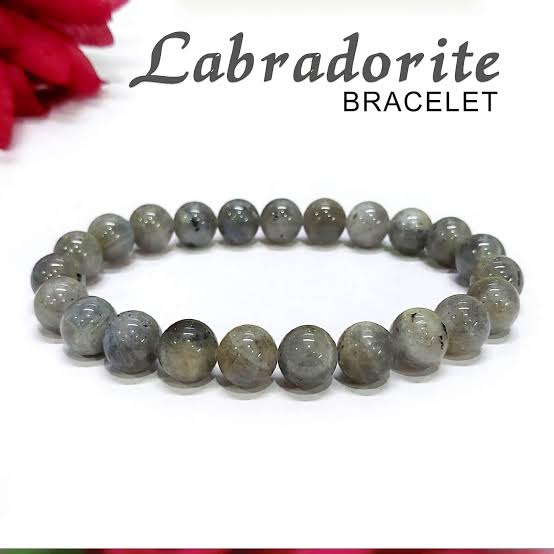What is Labradorite and Why It’s Valuable
Labradorite is a striking gemstone known for its unique play of color, called labradorescence. This iridescent effect shows flashes of blue, green, gold, and even purple. It’s often used in jewelry, spiritual practices, and crystal healing. Due to its popularity, fake versions flood the market. Learning how to identify real Labradorite protects your investment.
Understand the Unique Visual Properties
Check for Labradorescence
Real Labradorite always displays a magical color flash when moved under light. These flashes appear in patches, not evenly across the stone. Fake stones often lack this depth. Plastic or dyed stones may show bright but flat colors.
Observe the Base Color and Clarity
Authentic Labradorite usually has a grey, green, or black base with visible layers or veins. It may have natural inclusions and fractures. Fakes are often too clear, with an overly polished look or unnatural coloring.
Test the Weight and Temperature
Real Labradorite Feels Heavier
Genuine Labradorite is a dense mineral. When held, it should feel heavier than glass or plastic imitations. Fakes tend to be lightweight and can feel hollow.
It Stays Cool to the Touch
Authentic stones remain cool even after holding for a while. Synthetic versions warm up quickly, especially plastic ones.
Use Light and Magnification for Accuracy
Shine a Light Through the Stone
Hold the Labradorite against a strong light. Natural pieces may show slight translucence but will not allow full light to pass through. Fake stones might be completely see-through or reflect light unnaturally.
Use a Jeweler’s Loupe or Magnifier
Under magnification, real Labradorite shows tiny internal cracks or inclusions. These imperfections are common in nature. Man-made versions look flawless or have bubble patterns—signs of glass.
Scratch Test for Durability
Labradorite has a hardness of 6–6.5 on the Mohs scale. It shouldn’t scratch easily. Try scratching it lightly with a steel blade. If it marks easily, it’s likely not real. Avoid hard pressure; this can damage genuine stones too.
Look at the Cut and Shape
Natural Shapes Are Irregular
Real Labradorite is often cut into freeform shapes. If all stones look too perfect or identical, they might be synthetic. Consistent shapes in bulk are a red flag.
Polished but Not Overdone
While polished Labradorite looks elegant, it still retains a natural texture. Fakes may look overly glossy, like plastic or resin.
Buy Only from Trusted Sources
Check Seller Reputation
Always buy from sellers with verified reviews and a history of selling genuine crystals. Ask for certificates of authenticity, especially for high-priced pieces.
Ask Questions Before You Purchase
Inquire about the stone’s origin. Labradorite is mostly found in Canada, Madagascar, Finland, and Russia. If the seller can’t tell you where it came from, it may be fake.
Common Fakes to Watch Out For
Glass Imitations
These fakes are often colored to resemble the flashy surface of real Labradorite. They lack natural flaws and are very smooth to touch.
Dyed Agates or Resin Stones
Sometimes, other minerals are dyed to imitate Labradorite’s effect. These can look overly blue or have unnatural brightness. The labradorescence will appear shallow and too consistent.
Final Thoughts
Identifying real Labradorite takes a sharp eye and a bit of experience. Trust your instincts and always examine the stone under good lighting. Look for color play, natural flaws, and a cool, heavy feel. When in doubt, consult a gemologist or buy from trusted retailers.
Spotting genuine Labradorite doesn’t have to be hard. Use these tips, and you’ll never fall for a fake again.


